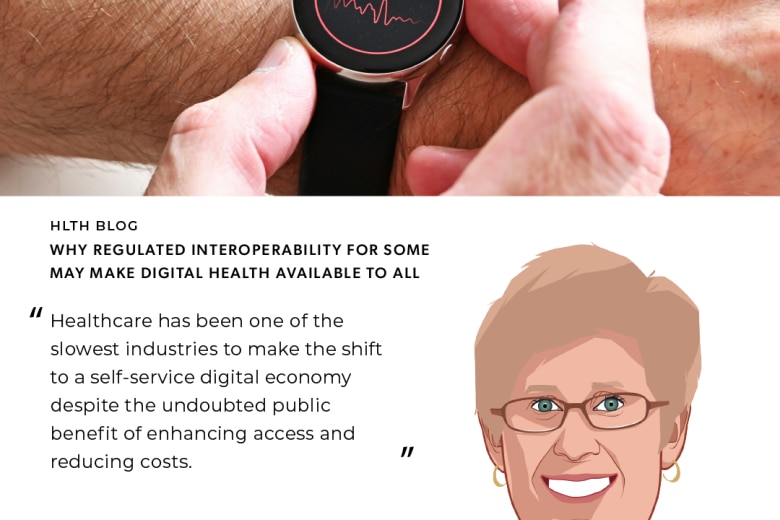I’ll never forget the feeling of utter panic when my daughter vanished at the Smithsonian’s National Zoo one summer. With four adults, we had plenty of coverage for the kids, and the capacity to split our forces across multiple exhibits.
Except, late in the day, everyone thought that someone else was caring for Allyson.
Thankfully, when she realized she was alone, she went to a zoo staff member, and we were quickly re-united. But the surge of fear-induced adrenaline took a long time to recede, along with all the thoughts of what might have been.
This same kind of “someone else is responsible for the care” problem happens within our complex modern health systems. The weakest link in the chain is during transitions – between care providers, facilities, and settings. For patients, inadequate care coordination can mean that they end up being readmitted after a hospitalization, or that significant test results aren’t noticed, or that follow up care never happens. One study found that almost half of adults experience a medical error after being discharged from the hospital and 19-23% of them suffer an adverse event.
In a qualitative study conducted in North Carolina, primary care providers (PCPs) and hospitalists were interviewed to help identify barriers and solutions to effective care handoffs. One of the major themes that emerged was lack of clear accountability. Specifically:
- Who is responsible for follow up on pending tests at discharge? Abnormal results?
- Who handles ongoing home care certifications after the patient goes home?
- Who makes sure that the PCP was actually informed that their patient was hospitalized? And that relevant information for follow up has been communicated and received?
Electronic medical record (EMR) systems now help to keep multidisciplinary care teams on track and ensure follow up on test results, adherence to care plans, and documented transitions, for those using that EMR. But an elderly patient with 5 or more chronic conditions in the US sees 13 different physicians over the course of a year. And once the patient moves beyond the reach of the hospital’s EMR, there is no longer a clear line of sight in a healthcare ecosystem comprised of home care providers, social services agencies, pharmacies, therapists, reference labs, and the like. Each of those busy, and caring, professionals will assume that someone else has “it” under control.
The result? Unaccountable care.
There is no simple solution. But creating a line of sight beyond the boundaries of the EMR is a good first step.
If we are to continue down the path of team-based care, delivered in the least intensive setting, and with the full partnership of patients and families, we need to more effectively share health information, and leverage shared care plans with intelligent feedback loops. Only then can we truly move to accountable care.






































